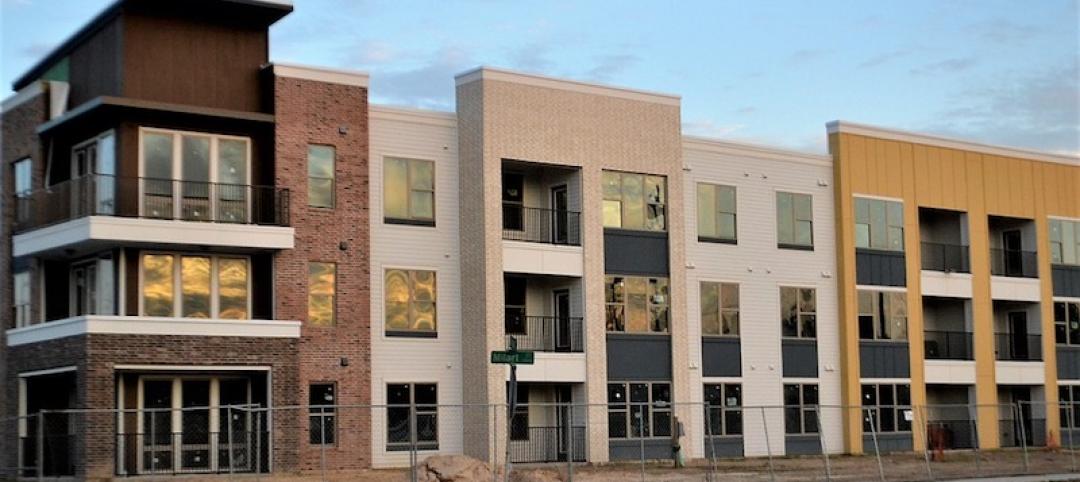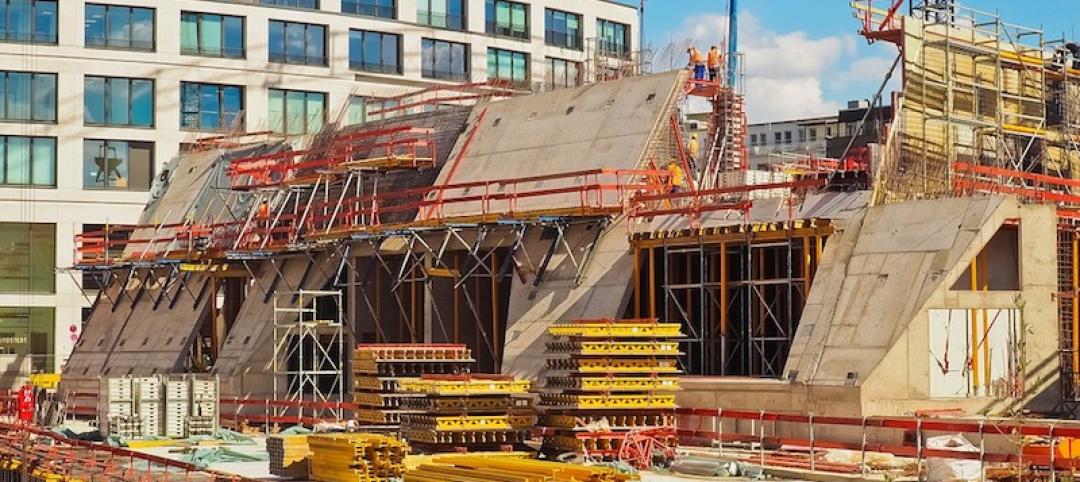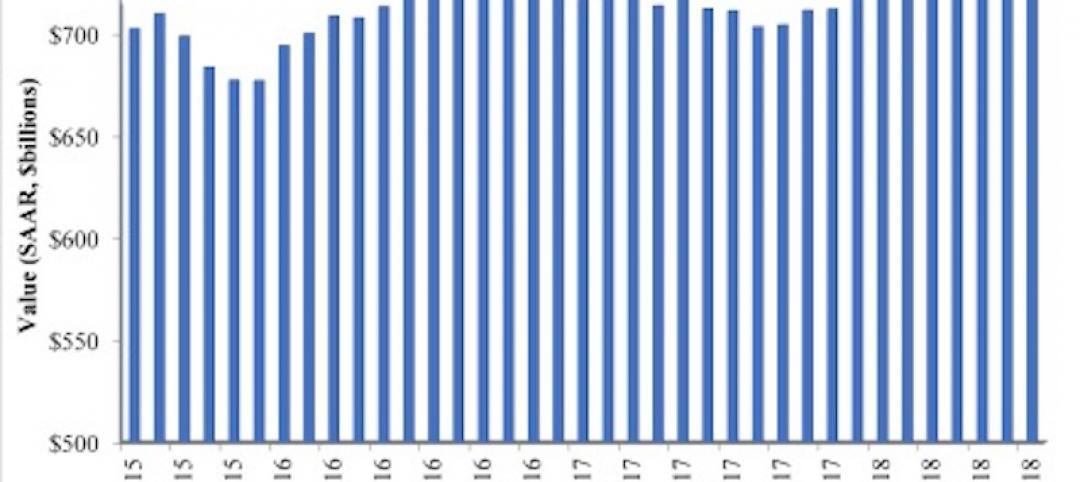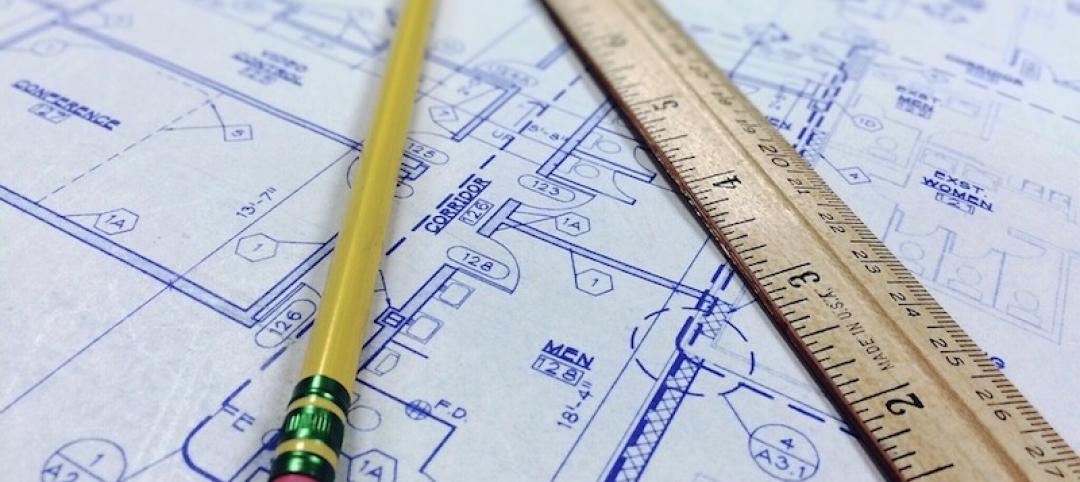Looks like another generation of Americans finds the suburban life appealing. Recently released Census Bureau estimates found that urban areas accounted for only 20% of the country’s population growth between July 2014 and July 2015. The mark is 1% lower than last year and 6.7% lower than in 2011.
According to Fortune, the older Millennials are now looking to buy their first houses, and suburban real estate is more affordable than urban properties.
Some of the trendier cities for younger adults, including New York City, Boston, and Austin, Texas, have experience slower growth. A few Rust Belt cities, including Chicago, Cleveland and Pittsburgh, lost more residents than they gained last year.
Some suburbs in the west and south experienced a significant population increase. Georgetown, Texas, a suburb of Austin, saw the biggest boom, rising 7.8% to 63,716. Other popular cities included Frisco (6.3 to 154,407), a city near Dallas; Dublin (5.5% to 57,721), which is just outside of the Bay Area; and Broomfield (5.2% to 65,065), located north of Denver.
Related Stories
Market Data | Sep 21, 2018
Mid-year forecast: No end in sight for growth cycle
The AIA Consensus Construction Forecast is projecting 4.7% growth in nonresidential construction spending in 2018.
Market Data | Sep 19, 2018
August architecture firm billings rebound as building investment spurt continues
Southern region, multifamily residential sector lead growth.
Market Data | Sep 18, 2018
Altus Group report reveals shifts in trade policy, technology, and financing are disrupting global real estate development industry
International trade uncertainty, widespread construction skills shortage creating perfect storm for escalating project costs; property development leaders split on potential impact of emerging technologies.
Market Data | Sep 17, 2018
ABC’s Construction Backlog Indicator hits a new high in second quarter of 2018
Backlog is up 12.2% from the first quarter and 14% compared to the same time last year.
Market Data | Sep 12, 2018
Construction material prices fall in August
Softwood lumber prices plummeted 9.6% in August yet are up 5% on a yearly basis (down from a 19.5% increase year-over-year in July).
Market Data | Sep 7, 2018
Safety risks in commercial construction industry exacerbated by workforce shortages
The report revealed 88% of contractors expect to feel at least a moderate impact from the workforce shortages in the next three years.
Market Data | Sep 5, 2018
Public nonresidential construction up in July
Private nonresidential spending fell 1% in July, while public nonresidential spending expanded 0.7%.
Market Data | Aug 30, 2018
Construction in ASEAN region to grow by over 6% annually over next five years
Although there are disparities in the pace of growth in construction output among the ASEAN member states, the region’s construction industry as a whole will grow by 6.1% on an annual average basis in the next five years.
Market Data | Aug 22, 2018
July architecture firm billings remain positive despite growth slowing
Architecture firms located in the South remain especially strong.
















